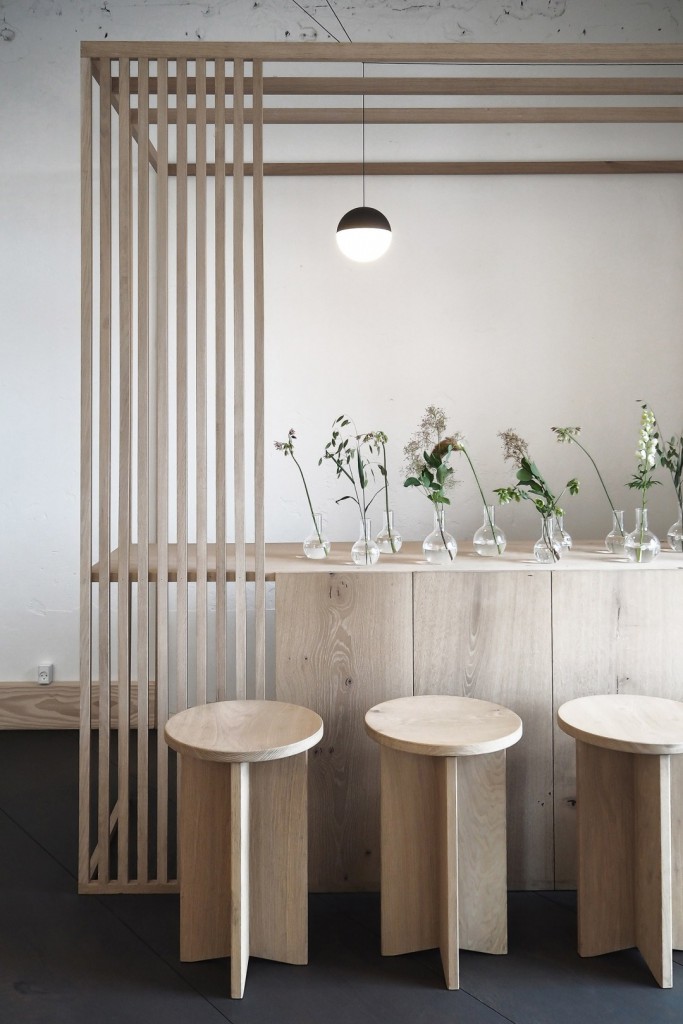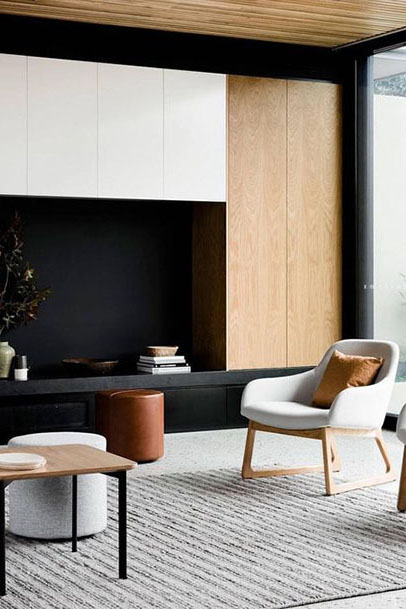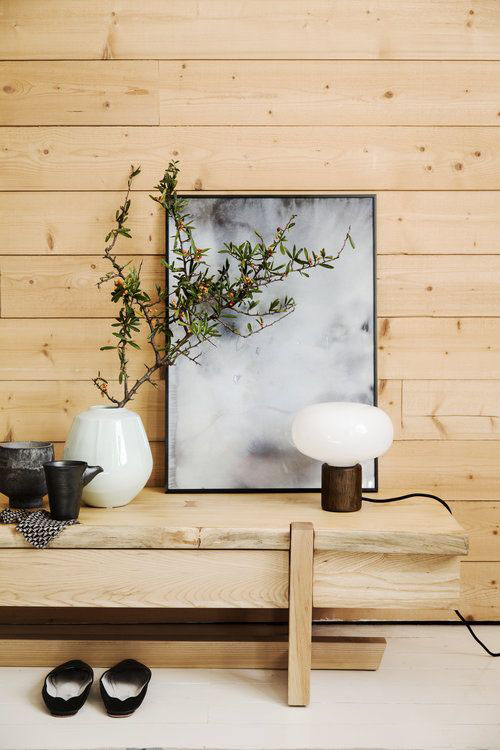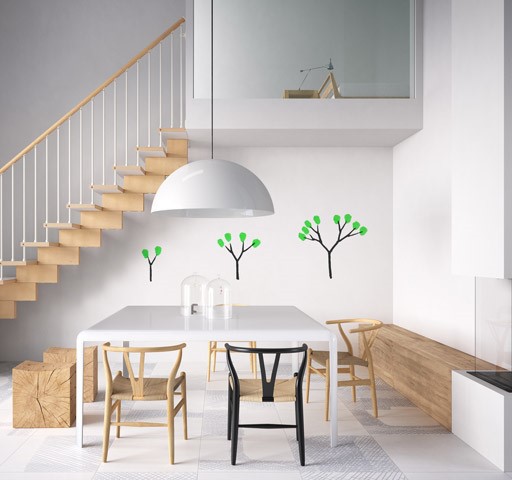Japandi mixes the best of the Scandinavian concept of hygge and the Japanese idea of Wabi-sabi in a decorative style that combines simplicity and elegance with comfort and functionality to create serene and harmonious interiors where we can feel at ease.
Hygge +Wabi-Sabi = Japandi
The fusion of Scandinavian and Japanese design is called Japandi. It has even been seen at the Salone del Mobile in Milan. We are sure that Marie Kondo would approve of this decorative trend that creates an ordered and pleasant environment, reducing decorative elements to the essentials and hiding the unessential from view to add harmony and authenticity to every aspect of our day-to-day lives.
Delicate, elegant, authentic. That’s what Japandi is, going beyond interior design to be a philosophy on life that sees the key to happiness as combining the spirit of Japanese Zen with the search for serenity. This style has a bit of the Japanese Wabi-Sabi and a bit of the minimalism of hygge.
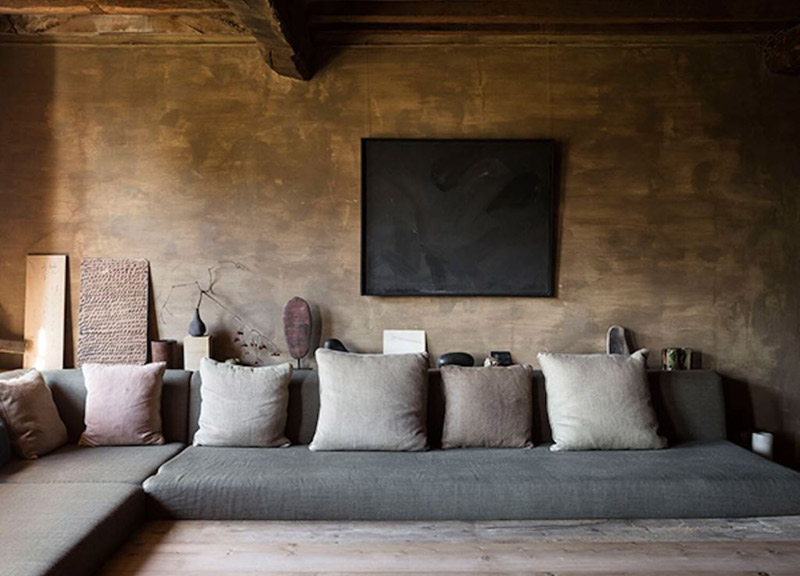 The key to Japandi in interior design
The key to Japandi in interior design
Natural materials
Japandi combines Japanese traditionalism with Scandinavian modernity, but it always uses natural, high-quality, and sustainable materials. Wood is one of its staples, used for everything from furniture to floors and finishes, along with ceramics and artisanal textiles for accessories. The characteristics of these materials, such as knots and cracks, are appreciated, and perfection is not the goal (pure Wabi-Sabi!).
Simplicity
In the Japandi style, less is more. That’s why it features big open spaces, borrowing from the Scandinavian style, which include just a few pieces of functional, high-quality furniture with clean lines. Pieces of Japanese furniture which are low to the ground are also included, allowing us to feel connected to the earth.
Soft and deep colours
The Japandi colour palette has the best of both worlds. Colder and more neutral tones from the Scandinavian aesthetic are enriched by the warmer and deeper colours from the Japanese style, including bottle green, navy blue, and anthracite grey. But the dominant colours are soft pastels and those that bring nature to mind, such as terracotta. For wood, oak in lighter tones, typical of the Nordic style, shares the space with other darker woods found in Japanese interiors.
Eschewing the superfluous
The functionality seen in the furniture extends to all elements of the décor: each piece has a place and purpose. There are no bookshelves filled with objects. An artisanal vase and some simple flowers might be enough. The same can be said of the walls, where usually just a single piece is hung so that it gets the prominence it deserves.
Artisanal pieces
The pieces used in this style are hand-made using natural materials, valuing the sense of exclusivity and the emotions that artisanal objects emit. Remember the principle of Wabi-Sabi: beauty is found in imperfections, and imperfect pieces will always be unique.
Incorporating nature
Among the decorative elements of Japandi, something that stands out is the use of plants and flowers, a symbol of life, in contrast with bare materials. But this is always done with restraint – don’t turn your living room into a greenhouse.
Do you want to see more?
You can find lots of Pinterest boards about this trend and you can also follow Instagram posts that feature it by using #Japandi.


